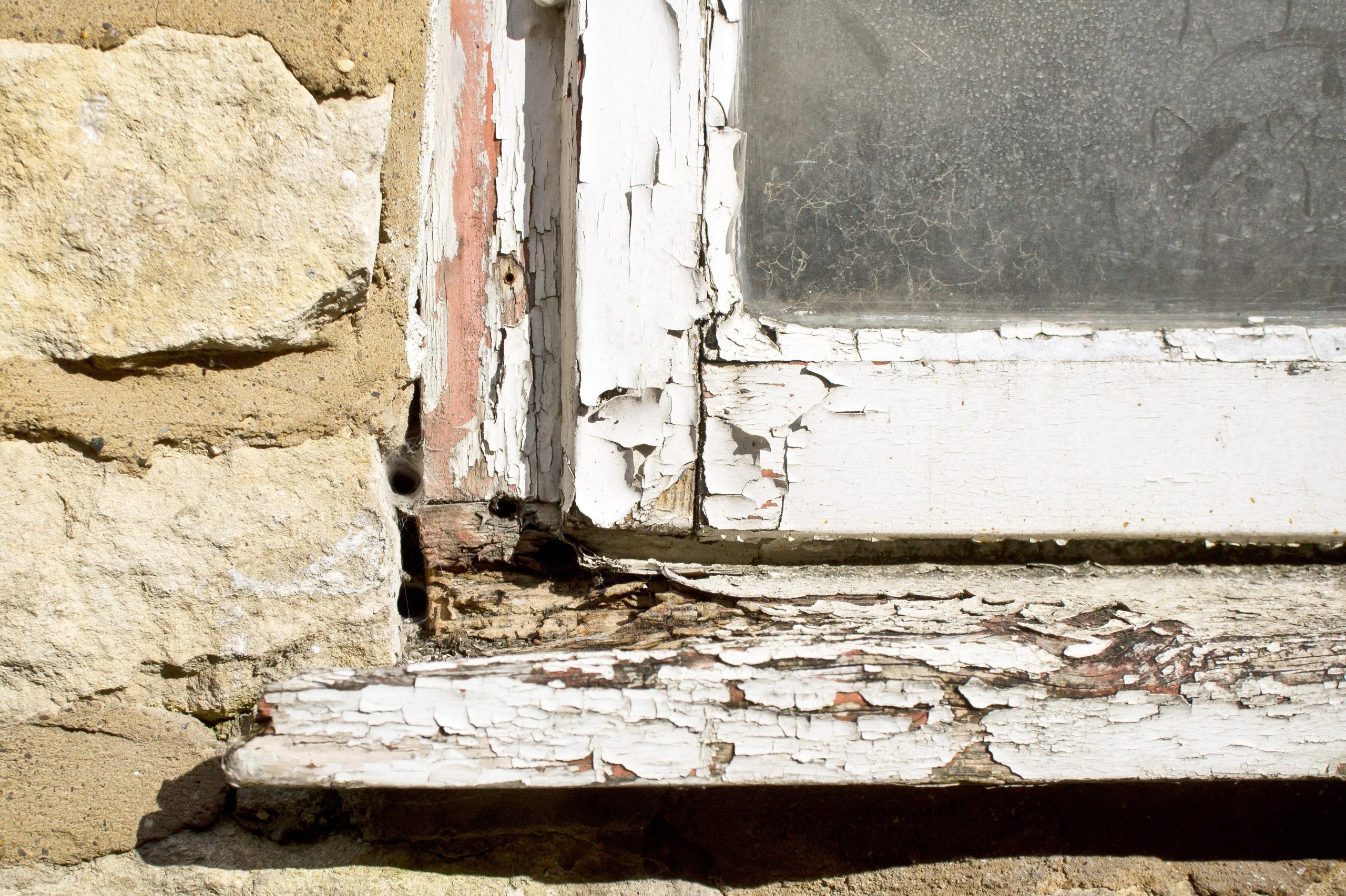Flaky paint, draughty windows, and leaking roofs – if a leaseholder feels that their property is falling into disrepair, you could be leaving yourself open to a claim of historical neglect and a big dent in your service charge funds.
Claims of historical neglect can crop up at any time. However, in our experience at Brady Solicitors of resolving service charge disputes, they usually arise once the section 20 major works consultation is either a) at the 30 day period for leaseholder’s comments or b) at the end of the consultation process when the demand for leaseholder’s contribution has been served.
The contractors’ tenders for the major works may reveal and confirm leaseholders worst fears; that they will need to pay for additional building works to combat deterioration that otherwise could have been stopped by a more comprehensive maintenance programme.
What are the grounds for a claim of historical neglect?
Historical neglect can only be claimed on the basis of a freeholder’s breach of covenant when it comes to repair and maintenance work.
The Upper Tribunal, when tackling a substantial historic neglect case in 2014, stated:
“The only route by which an allegation of historic neglect may provide a defence to a claim for service charges is if it can be shown that, but for a failure by the landlord to make good a defect at the time required by its covenant, part of the cost eventually incurred in remedying that defect, or the whole of the cost of remedying consequential defects, would have been avoided.
“In those circumstances the tenant to whom the repairing obligation was owed has a claim in damages for breach of covenant, and that claim may be set off against the same tenant’s liability to contribute through the service charge to the cost of the remedial work.”
So, when faced with a substantial major works bill after years of poor property maintenance, it is entirely understandable that leaseholders will be keen to pass some of the costs liability back to the freeholder.
A stitch in time…
In assessing the value of this potential set off, the FTT will want to know:
- How much more will it cost to fix the problem than it would have done originally?
And
- What sum is the leaseholder entitled to receive in general damages for inconvenience or discomfort?
If you are faced with a claim of historical neglect, it’s important to understand the details and evidence that the FTT will want to see.
For some of these areas you will need to bring in specialists such as structural engineers and quantity surveyors. This can often be resolved by appointing a joint expert and sharing the costs between the two parties who will not need to incur the costs of two experts. This also helps to narrow the issues, as the one joint expert offers the sole evidence for the FTT to assess.
The period of the claim
A key point at the outset is to establish the date from which damages can be claimed. Historical neglect damages can only be claimed from the time that the leaseholder and freeholder have been in a contractual relationship.
For example, if the freehold has changed hands during the period of historical neglect, the freeholder must bring part of the claim against the earlier freeholder.
The scope of the work
If work had been carried out in the past, would the scope of the works be the same? Would the collapsed chimney still have ended up collapsing, or would it have just needed repointing? Would the rotten window frames still have needed replacing or just patching up?
The cost of the work
Would the works now proposed have cost less in the past, when they ‘should’ have been carried out?
The damage to property, plus distress and inconvenience
The FTT will assess the damage to the flat and the leaseholder’s possessions. So, if a leaky roof has damaged the paintwork, the cost of this will be factored into the claim. Damages can also be awarded for the distress and inconvenience experienced during the period of the disrepair.
Should the FTT find in favour of the leaseholder, they will assess the costs and put the leaseholder back to the position they would have been had the works been carried out at the appropriate time, and the lease had been adhered to.
This will leave a shortfall in regards to the costs of the major works, which the freeholder will be liable to cover.
In addition there may be a claim for distress and inconvenience and, should the lease allow it, there may be a ‘set off’ against what is determined to be paid toward the major works. This in effect could leave the landlord covering all of the costs of the major works.
Historical neglect – a claim best avoided
Defending a claim of historical neglect is expensive, time-consuming and – potentially – causes irreparable damage to the freeholder / managing agent / leaseholder relationship. If you do face a claim of historical neglect we can work with you to prepare a strong defence at the FTT.
Our best advice at Brady Solicitors is to understand and comply with your repair and maintenance covenants and to put in place a programme of rolling repairs that is relevant to the requirements of the building. In other words – if you have an old regency building on the seafront in Brighton you are likely to need a more robust repair and maintenance programme than in a less weather-affected geographical region.

